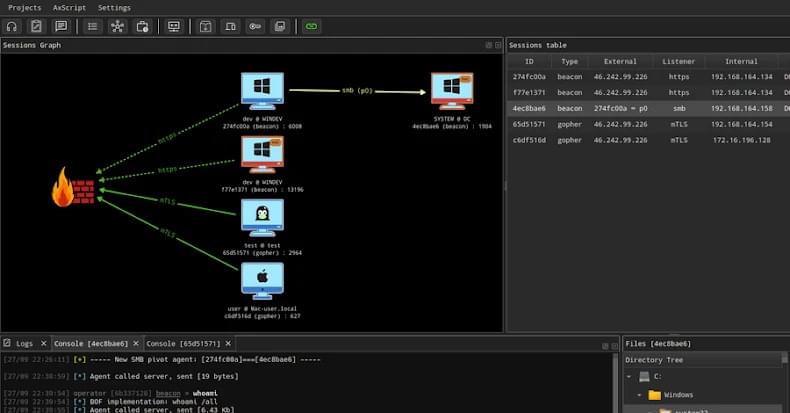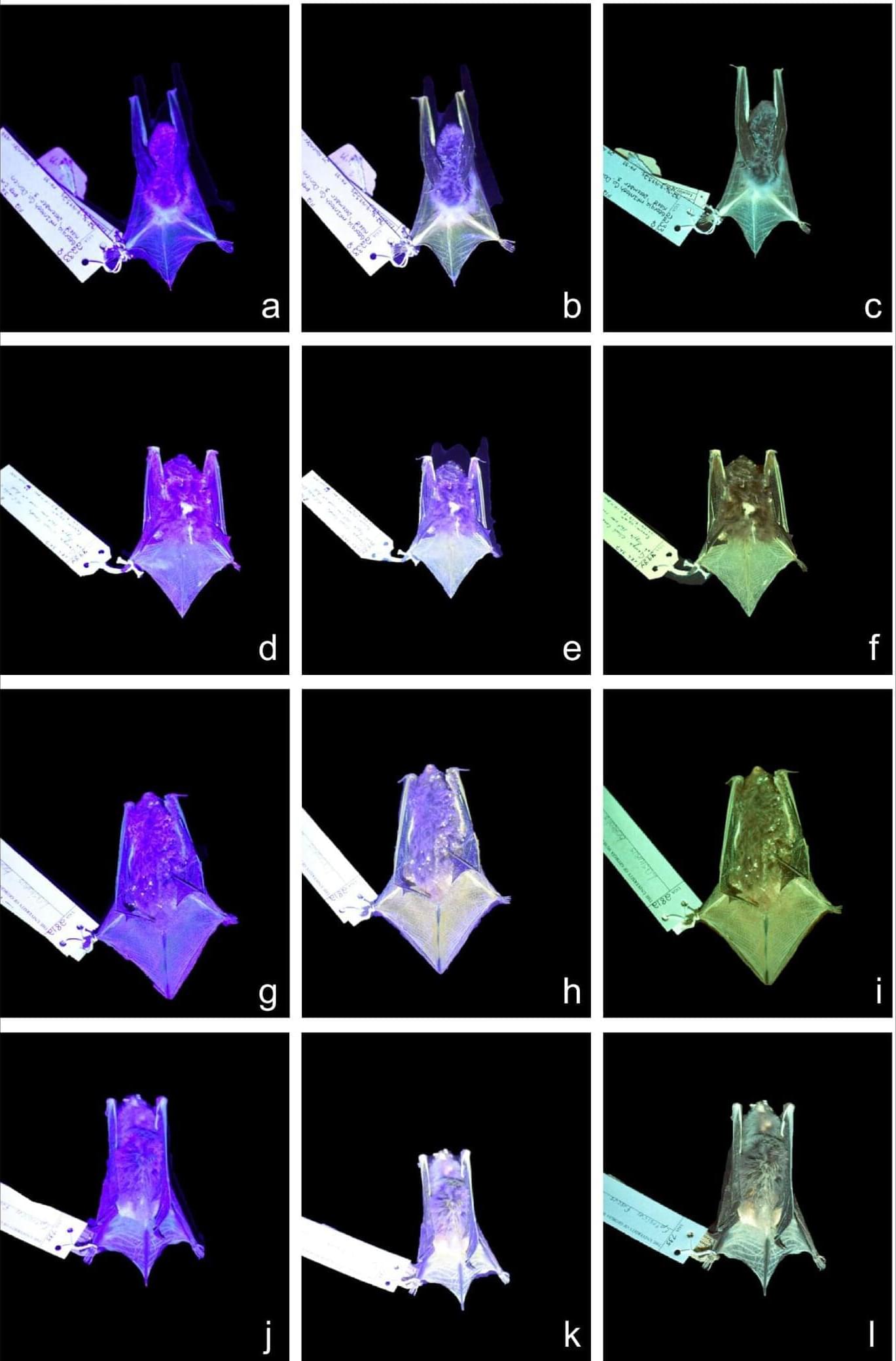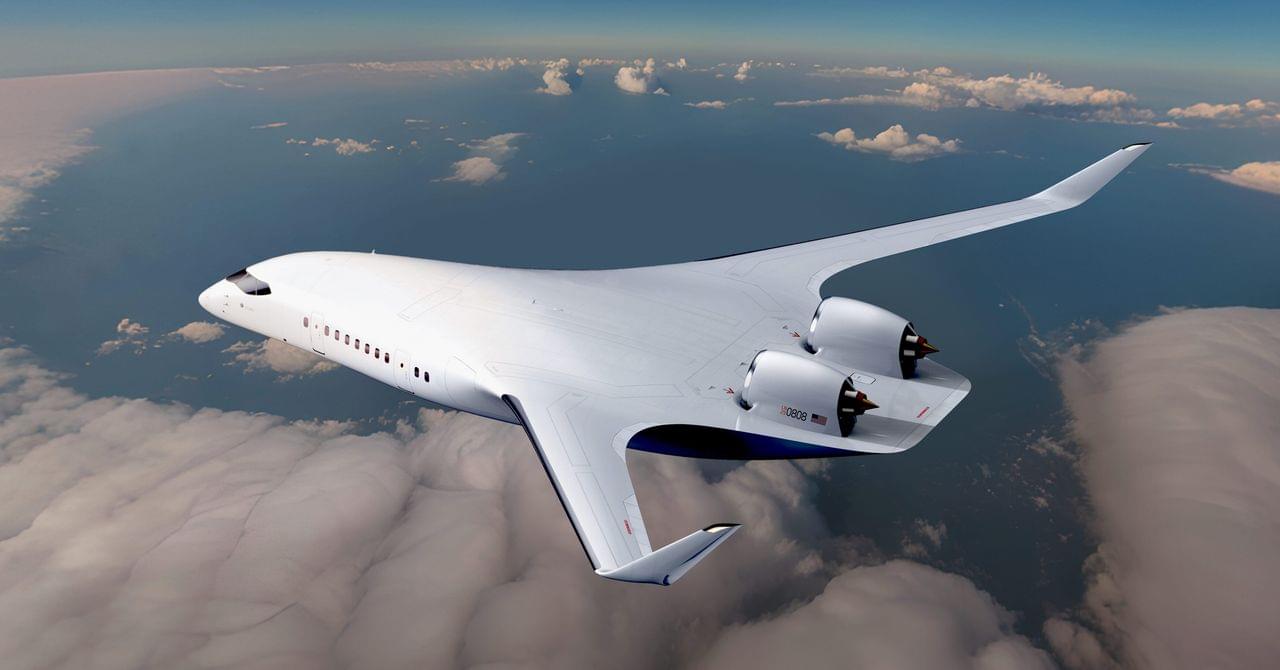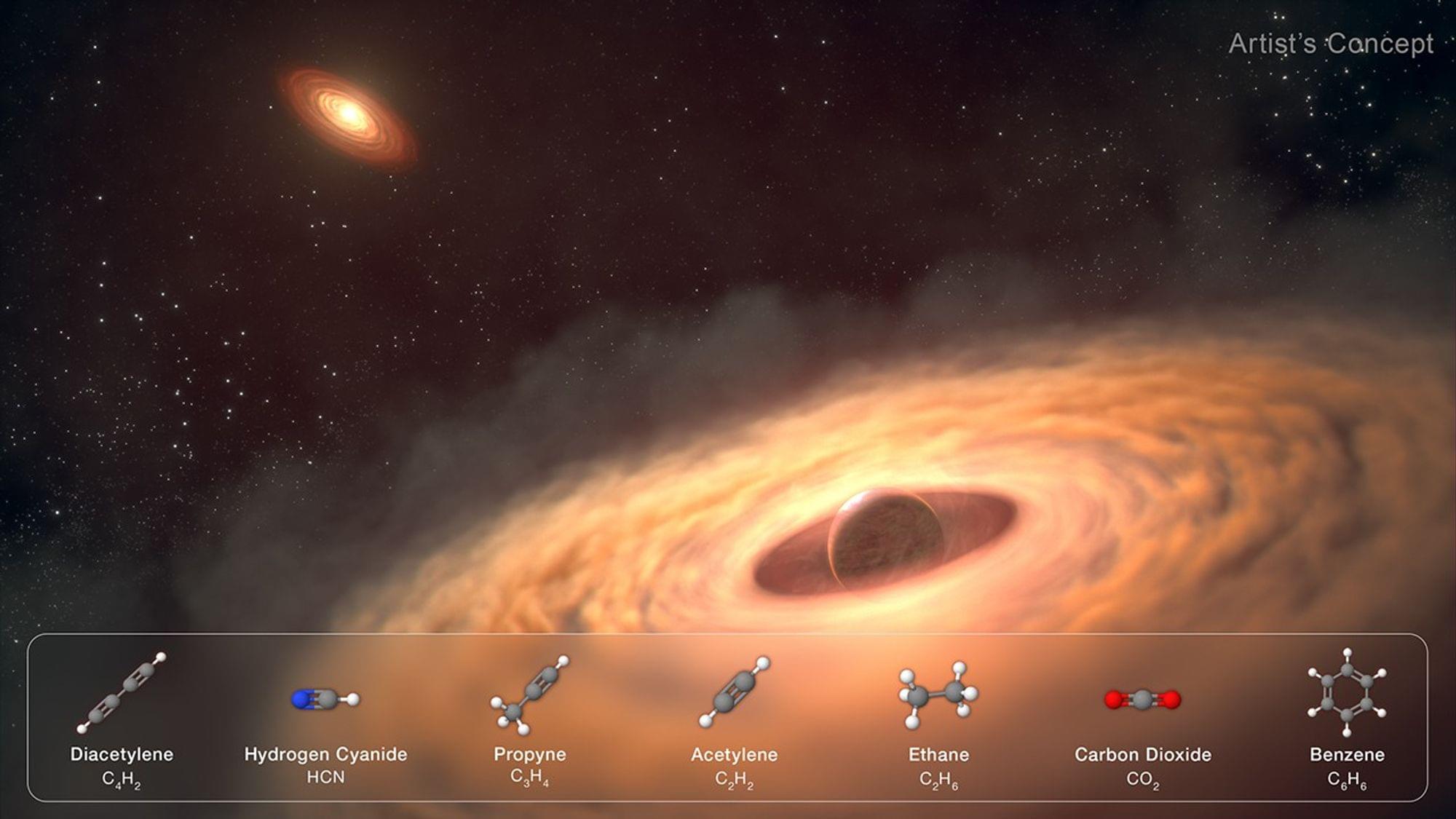ThreatLocker’s DAC for macOS Beta scans configurations up to four times daily to expose security gaps.







WhatsApp is rolling out passkey-encrypted backups for iOS and Android devices, enabling users to encrypt their chat history using their fingerprint, face, or a screen lock code.
Passkeys are a passwordless authentication method that allows users to sign in using biometrics (such as face recognition or fingerprint), PINs, or security patterns instead of traditional passwords. They enable logging into websites, online services, or apps without needing to remember complex passwords or use a password manager.
When creating a passkey, your device generates a unique cryptographic key pair consisting of a private key stored on the device and a public key sent to the website or app. Because of this, passkeys provide significantly improved security over regular credentials, seeing that they can’t be stolen in data breaches because the private key never leaves your device.

Near-Field Communication (NFC) relay malware has grown massively popular in Eastern Europe, with researchers discovering over 760 malicious Android apps using the technique to steal people’s payment card information in the past few months.
Contrary to the traditional banking trojans that use overlays to steal banking credentials or remote access tools to perform fraudulent transactions, NFC malware abuses Android’s Host Card Emulation (HCE) to emulate or steal contactless credit card and payment data.
They capture EMV fields, respond to APDU commands from a POS terminal with attacker-controlled replies, or forward terminal requests to a remote server, which crafts the proper APDU responses to enable payments at the terminal without the physical cardholder present.

Scientists have developed a groundbreaking tool called Effort.jl that lets them simulate the structure of the universe using just a laptop. The team created a system that dramatically speeds up how researchers study cosmic data, turning what once took days of supercomputer time into just a few hours. This new approach helps scientists explore massive datasets, test models, and fine-tune their understanding of how galaxies form and evolve.


“We want to learn more about how our solar system formed moons. This means that we need to look at other systems that are still under construction. We’re trying to understand how it all works,” said Dr. Gabriela Cugno.
How do moons form around gas giant planets? This is what a recent study published in The Astrophysical Journal Letters hopes to address as a team of scientists investigated how circumplanetary disks (CPDs) comprised of the gas and dust leftover from planetary formation evolve into moons. This study has the potential to help scientists better understand the conditions for exomoon formation and evolution and where scientists could potentially search for life beyond Earth.
For the study, the researchers used NASA’s James Webb Space Telescope to observe the CPD orbiting CT Cha b, which is located approximately 620 light-years from Earth and is approximately 17 times as massive as Jupiter. The goal of the study was to ascertain the composition of the CPD and compare it to CT Cha b and the surrounding disk of the host star, CT Cha A.
In the end, the researchers found that the CPD around CT Cha b was composed of carbon-rich chemistry that contrasted compositions of gas giant exoplanet atmospheres. Additionally, the researchers found the CPD’s carbon-rich chemistry composition also contrasted with the disk surrounding CT Cha A. The team concluded that this is the first evidence of moon formation around a gas giant exoplanet and compared this to the potential formation mechanism for Jupiter’s Galilean moons.